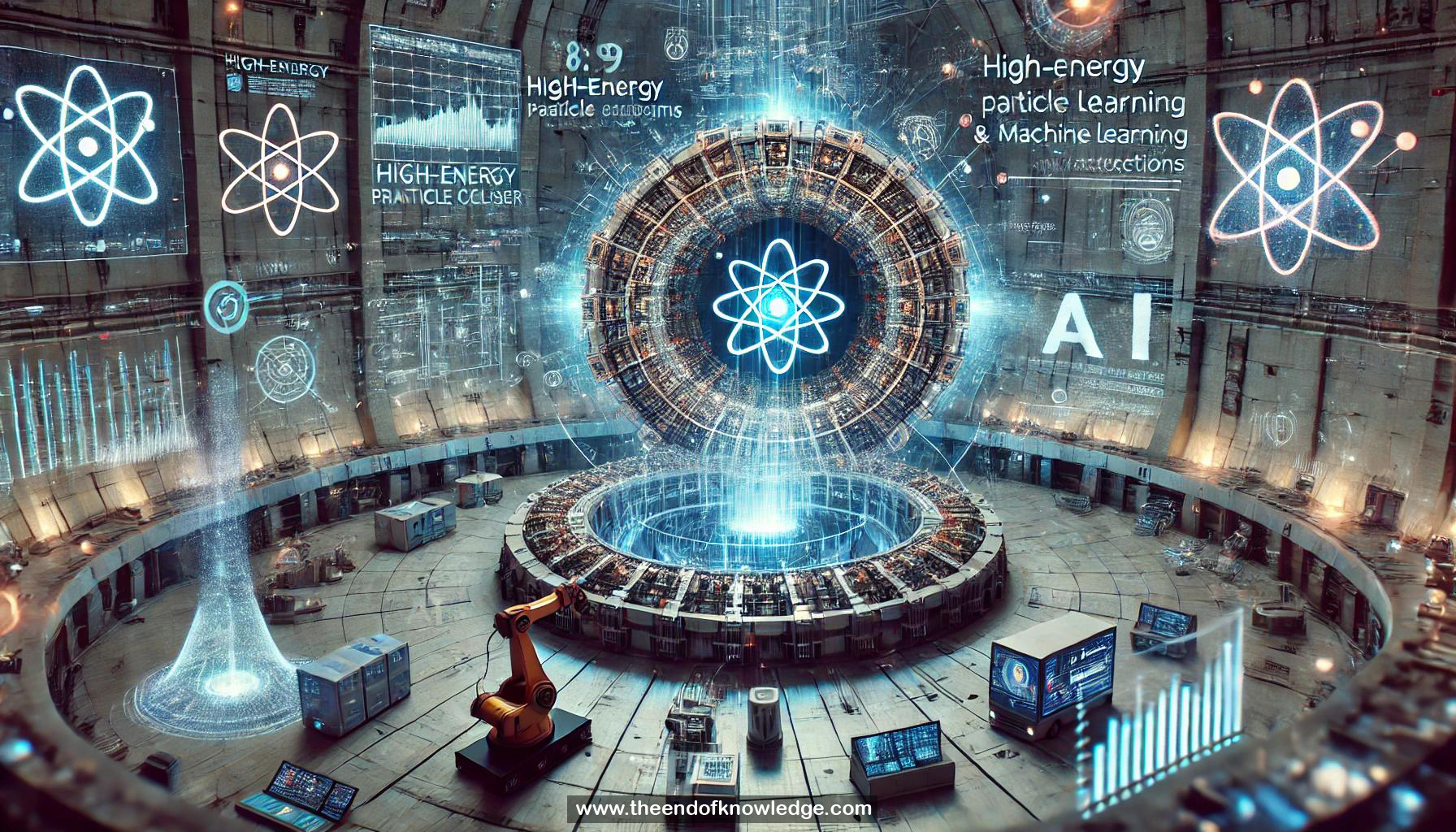Concept Graph & Resume using Claude 3.5 Sonnet | Chat GPT4o | Llama 3:
graph LR
classDef physics fill:#f9d4d4, font-weight:bold, font-size:14px
classDef hardware fill:#d4f9d4, font-weight:bold, font-size:14px
classDef ml fill:#d4d4f9, font-weight:bold, font-size:14px
classDef data fill:#f9f9d4, font-weight:bold, font-size:14px
classDef future fill:#f9d4f9, font-weight:bold, font-size:14px
Main[Machine Learning Opportunities
for the Next
Generation of Particle
Physics] --> P[Physics Fundamentals]
Main --> H[Hardware & Detection]
Main --> M[Machine Learning Integration]
Main --> D[Data Processing]
Main --> F[Future Developments]
P --> P1[Universes basic building blocks 1]
P --> P2[Particle Physics Model shows
symmetries 2]
P --> P3[Higgs gives particles mass 3]
P --> P4[Large Collider designs functions 4]
P --> P5[CMS layers detect particles 5]
H --> H1[Real-time detection needs hardware 8]
H --> H2[ML algorithms match limits 9]
H --> H3[Compress models through reduction 10]
H --> H4[HLS4ML converts to hardware 11]
H --> H5[Hardware improves processing speed 18]
M --> M1[ML transforms physics research 6]
M --> M2[Networks track particle moves 16]
M --> M3[Transformers track efficiently 19]
M --> M4[Networks respect Lorentz rules 20]
M --> M5[ML discovers physical laws 21]
M --> M6[Models simulate collisions 22]
D --> D1[Fast processing collision events 7]
D --> D2[Autoencoders find anomalies 12]
D --> D3[Multiple detectors share insights 14]
D --> D4[Hash functions reduce calculations 17]
D --> D5[GANs create accurate particles 24]
F --> F1[Framework extends beyond particles 13]
F --> F2[Future colliders planned ahead 26]
F --> F3[Program optimizes detector design 27]
F --> F4[Foundation models aid research 28]
F --> F5[Self-learning enhances data 29]
D5 --> D6[JetNet tests generation methods 23]
D5 --> D7[Evaluate generation quality 25]
F5 --> F6[Physics guides data enhancement 30]
F4 --> F7[Reconstruct from detector signs 15]
class Main,P,P1,P2,P3,P4,P5 physics
class H,H1,H2,H3,H4,H5 hardware
class M,M1,M2,M3,M4,M5,M6 ml
class D,D1,D2,D3,D4,D5,D6,D7 data
class F,F1,F2,F3,F4,F5,F6,F7 future
Resume:
1.- Fundamental questions about universe's composition and building blocks
2.- Standard Model of Particle Physics structure and symmetries
3.- Higgs boson as mechanism for particle mass
4.- Large Hadron Collider design and operation principles
5.- CMS detector's multi-layered structure for particle detection
6.- Machine learning transforming traditional particle physics approaches
7.- Ultra-fast ML processing for 40 million collisions/second
8.- FPGA implementation challenges for real-time particle detection
9.- Co-design principles combining ML algorithms with hardware constraints
10.- Quantization and pruning techniques for model compression
11.- HLS4ML framework translating ML models to hardware
12.- Anomaly detection using variational autoencoders for new physics
13.- Applications of HLS4ML beyond particle physics
14.- Multimodal ML combining different detector data types
15.- Particle flow reconstruction from detector signatures
16.- Graph neural networks for particle track reconstruction
17.- Locality-sensitive hashing reducing computational complexity
18.- Performance improvements using GPU and specialized hardware
19.- Point transformer architecture for efficient particle tracking
20.- Lorentz symmetry incorporation into neural networks
21.- Discovering physical symmetries through machine learning
22.- Generative models for particle collision simulation
23.- JetNet dataset for benchmarking generative models
24.- Message-passing GANs for physics-accurate particle generation
25.- Metrics for evaluating physics-based generative models
26.- Future collider proposals post-LHC era
27.- Differentiable programming for detector optimization
28.- Foundation models potential in particle physics
29.- Self-supervised learning approaches for physics data
30.- Physics-driven data augmentation techniques
Knowledge Vault built byDavid Vivancos 2024
 >
>